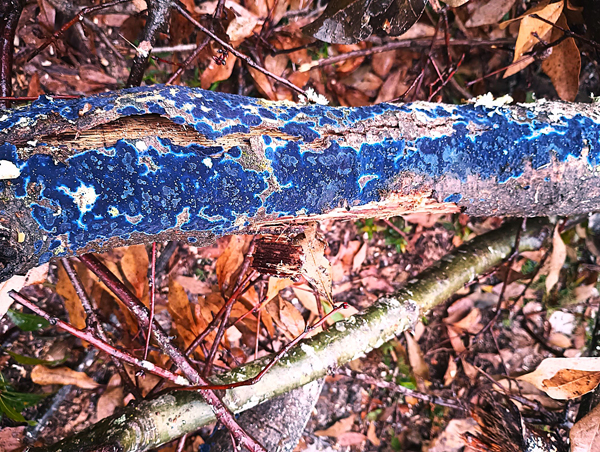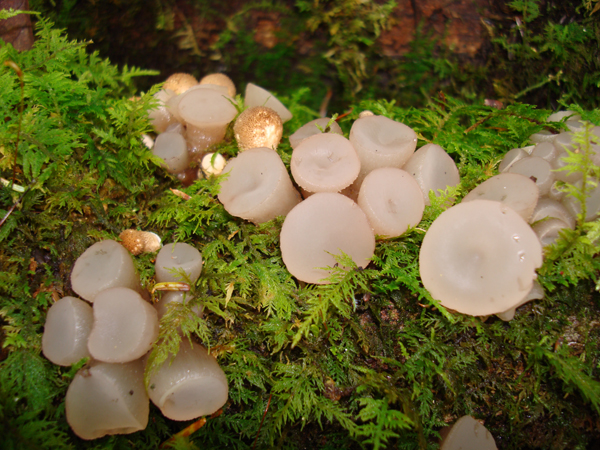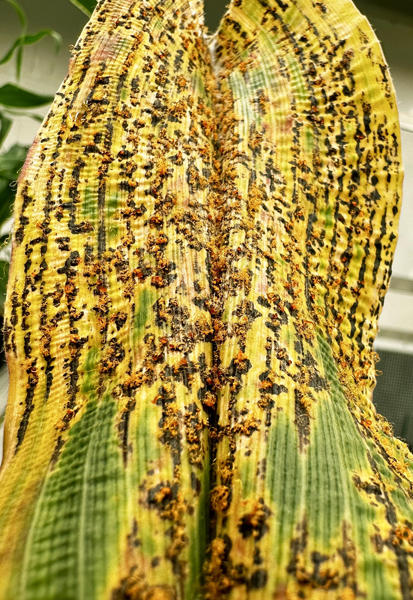Annual Plant Art Competition
Every year the Department of Botany and Plant Pathology has a Plant Art Competition, highlighting all kinds of plant photos by our faculty, staff, post docs, graduate students, and undergraduate students. You can see this year's finalists below. The Community Favorite will be voted on this during Spring Fest, so stop by Lilly Hall on Saturday, April 15 to vote for your favorite!
2025 Community Favorite
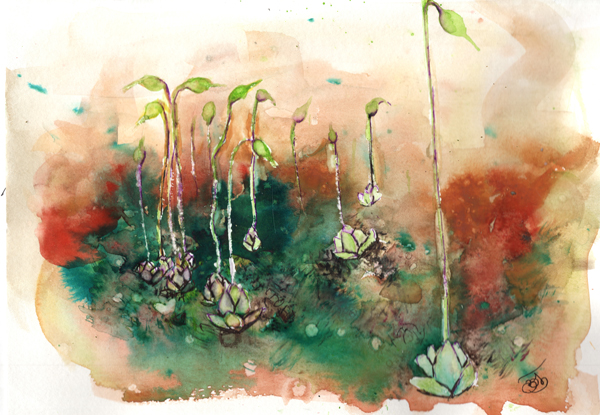 "A field of Funaria" by Anju Manandhar.
This is a watercolor painting inspired by the miniature and often under-appreciated landscapes of mosses flourishing alongside the various plants that are used for research in the greenhouses. The painting depicts the sporophtyes of Funaria hygrometrica growing out of the gametophytes at the base.
"A field of Funaria" by Anju Manandhar.
This is a watercolor painting inspired by the miniature and often under-appreciated landscapes of mosses flourishing alongside the various plants that are used for research in the greenhouses. The painting depicts the sporophtyes of Funaria hygrometrica growing out of the gametophytes at the base. 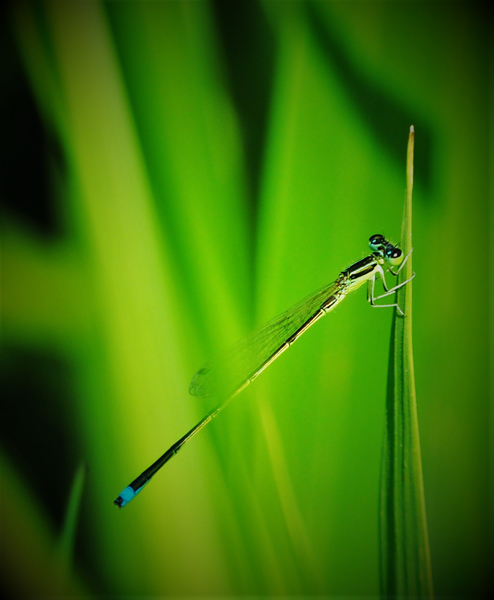 "Dragonfly-Zygoptera" by Viet Trung Hoang.
The figure was captured in a rice field during a rainy afternoon in Korea. Macrophotography (1:1) f6.3, 1/400. Dragonflies offer numerous benefits to gardens and require minimal effort to attract. As adept predators, they effectively control populations of small insects, including moths, leafhoppers, and mosquitoes. Consequently, dragonflies are highly regarded in agriculture as valuable allies for farms and gardens.
"Dragonfly-Zygoptera" by Viet Trung Hoang.
The figure was captured in a rice field during a rainy afternoon in Korea. Macrophotography (1:1) f6.3, 1/400. Dragonflies offer numerous benefits to gardens and require minimal effort to attract. As adept predators, they effectively control populations of small insects, including moths, leafhoppers, and mosquitoes. Consequently, dragonflies are highly regarded in agriculture as valuable allies for farms and gardens. 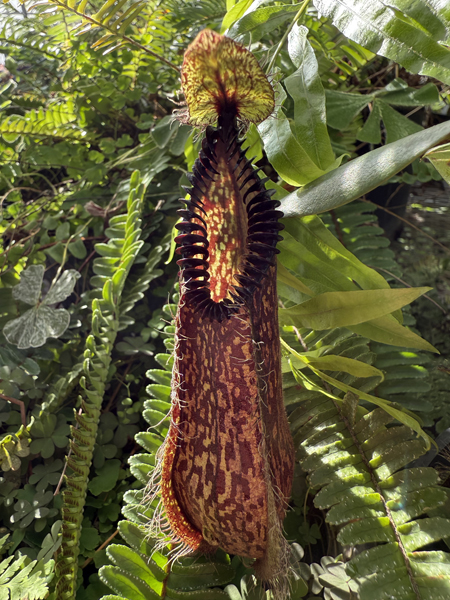 "Fanged Elegance" by Jonathan Lu.
Image taken with iPhone 16 Pro. This piece relates to botany as the plant pictured, Nepenthes hamata, is perhaps one of the most extreme tropical pitcher plants in existence. It shows that some plants are a bit more sinister than most might expect. I want viewers to think "That's real?" when they see this piece. It is a true example of evolution & diversity in plants.
"Fanged Elegance" by Jonathan Lu.
Image taken with iPhone 16 Pro. This piece relates to botany as the plant pictured, Nepenthes hamata, is perhaps one of the most extreme tropical pitcher plants in existence. It shows that some plants are a bit more sinister than most might expect. I want viewers to think "That's real?" when they see this piece. It is a true example of evolution & diversity in plants. 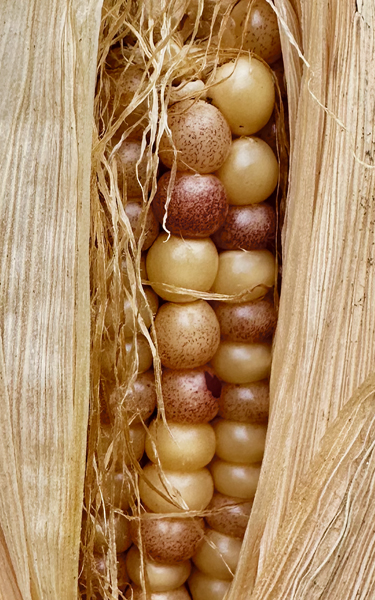 "The Reveal" by Damon Lisch.
An unmagnified view of a maize ear just prior to harvest. The small spots of color on the kernels are excisions of a transposable element from a gene required for red colored anthocyanin. These are happening in this plant because the transposable element has been released from epigenetic silencing in this plant.
"The Reveal" by Damon Lisch.
An unmagnified view of a maize ear just prior to harvest. The small spots of color on the kernels are excisions of a transposable element from a gene required for red colored anthocyanin. These are happening in this plant because the transposable element has been released from epigenetic silencing in this plant. 